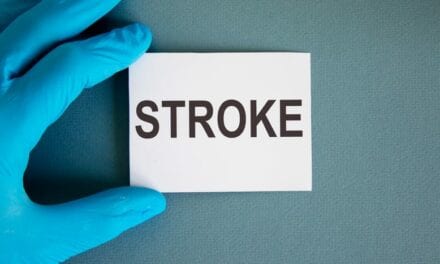For the past decade, baby boomers have been well-educated about the severity of blood clots in the brain causing strokes. But what many of them still do not understand is the potentially fatal effects of blood clots in their legs and arms and their available treatment options. An innovative clot-removal procedure, highlighted in a recent study, yields a 94.7% success rate in preventing amputation.
Key research findings include
- Recovery time is much quicker for those who have a mechanical thrombectomy. Patients typically spend a few days in the hospital and are up and moving around in one day; whereas, their open-surgery counterparts not uncommonly spend up to a week in the hospital and weeks in recovery.
- Though it still remains more popular than mechanical thrombectomy, clot removal through open surgery appears to produce higher early amputation and mortality rates.
- Even when surgical bypass is the recommended procedure, thrombus removal with mechanical thrombectomy may lead to a less complex surgery.
- After 30 days, the limb-salvage rate with the minimally invasive procedure using AngioJet was 94.7% and the mortality rate was only 3%.
- Five years after the procedure, of those that were still living, 94.7% of the patients were amputation free. Many of the patients who did die before the follow-up period did so because of other health complications, such as cardiovascular disease or cancer.
Key AngioJet Facts:
- The AngioJet rheolytic thrombectomy system is a specially designed catheter that traps and fragments the blockages in a vacuum created at its tip with high-velocity saline jets. Any remaining blockages were usually treated in a nonsurgical manner with angioplasty or a stent.
- The FDA approved the system late in 2006 for clot excision in the upper- and lower-extremity peripheral veins. The system, which is similar to a piece of industrial equipment that can cut through concrete, creates a very low pressure vacuum inside the catheter and employs water-jet technology to wash clots through the catheter without it being blocked.
Research Details
- The study will be published in the September issue of the peer-reviewed journal, Catheterization and Cardiovascular Interventions.
- Research tracked the progress of 57 patients with leg and arm blockages, all of which were severe enough to threaten amputation.
- Gary Ansel, MD, Charles F. Botti, Jr, MD, and Mitchell J. Silver, DO, of the Critical Limb Care Center at Riverside Methodist Hospital in Columbus, Ohio, co-authored the study.
- This was the first long-term study focused on this population and procedure.
"The limb salvage and survival rates in the study group were better than any trial that has looked at surgical outcomes in these patients," says Ansel, a Riverside Methodist interventional cardiologist. "The AngioJet is a powerful tool that gives us a minimally invasive alternative to a very invasive surgery. The results of this study allow us to be more confident in offering this therapy to patients because we know the long-term results are very good."
Ansel is a member of the Possis advisory board and a consultant. Possis Medical Inc, Minneapolis, is the developer, manufacturer, and distributor of the AngioJet system.
[Source: Medical News Today]


